kottke.org posts about mushrooms

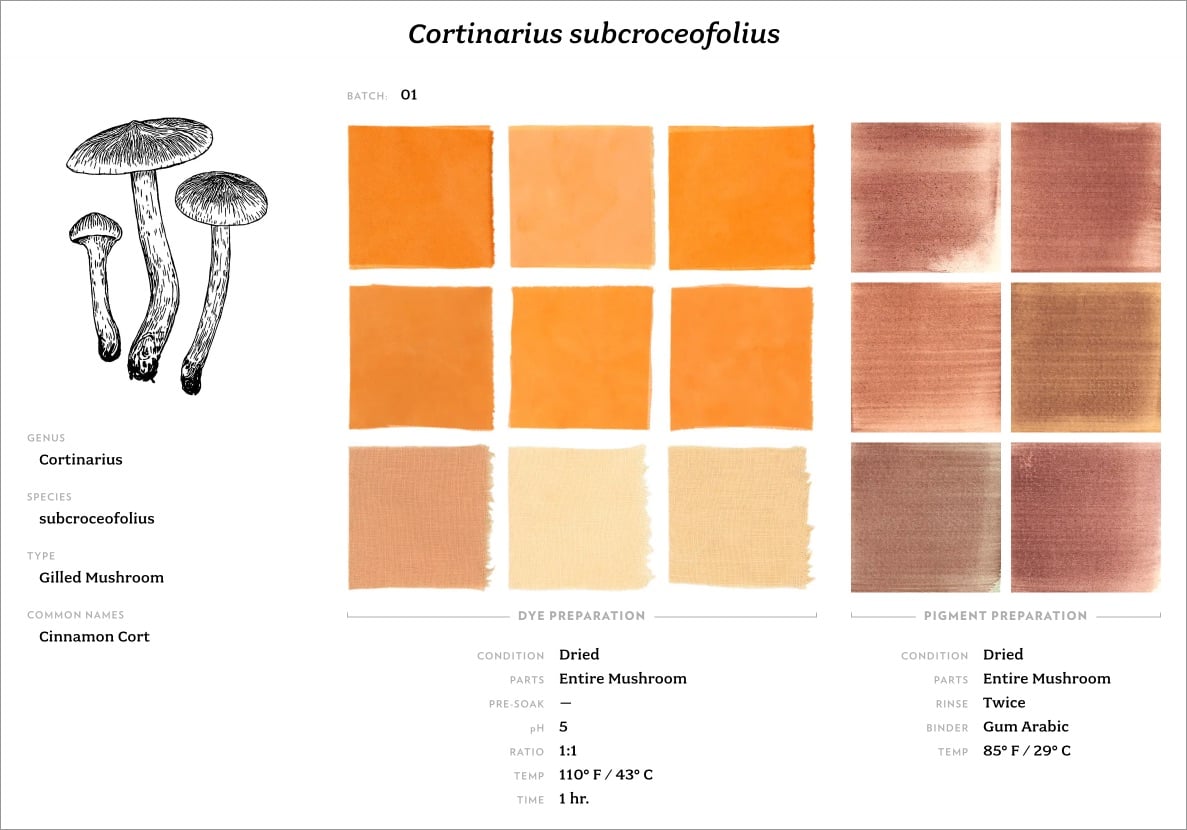
The Mushroom Color Atlas is a resource and reference for everyone curious about mushrooms and the beautiful and subtle colors derived from dyeing with mushrooms. But it is also the start of a journey and a point of departure, introducing you to the kaleidoscopic fungi kingdom and our connection to it.
I love stuff like the Mushroom Color Atlas. There’s a book version coming out soon — you can pre-order at Amazon, Bookshop.org, or Chronicle Books. (via @presentandcorrect)
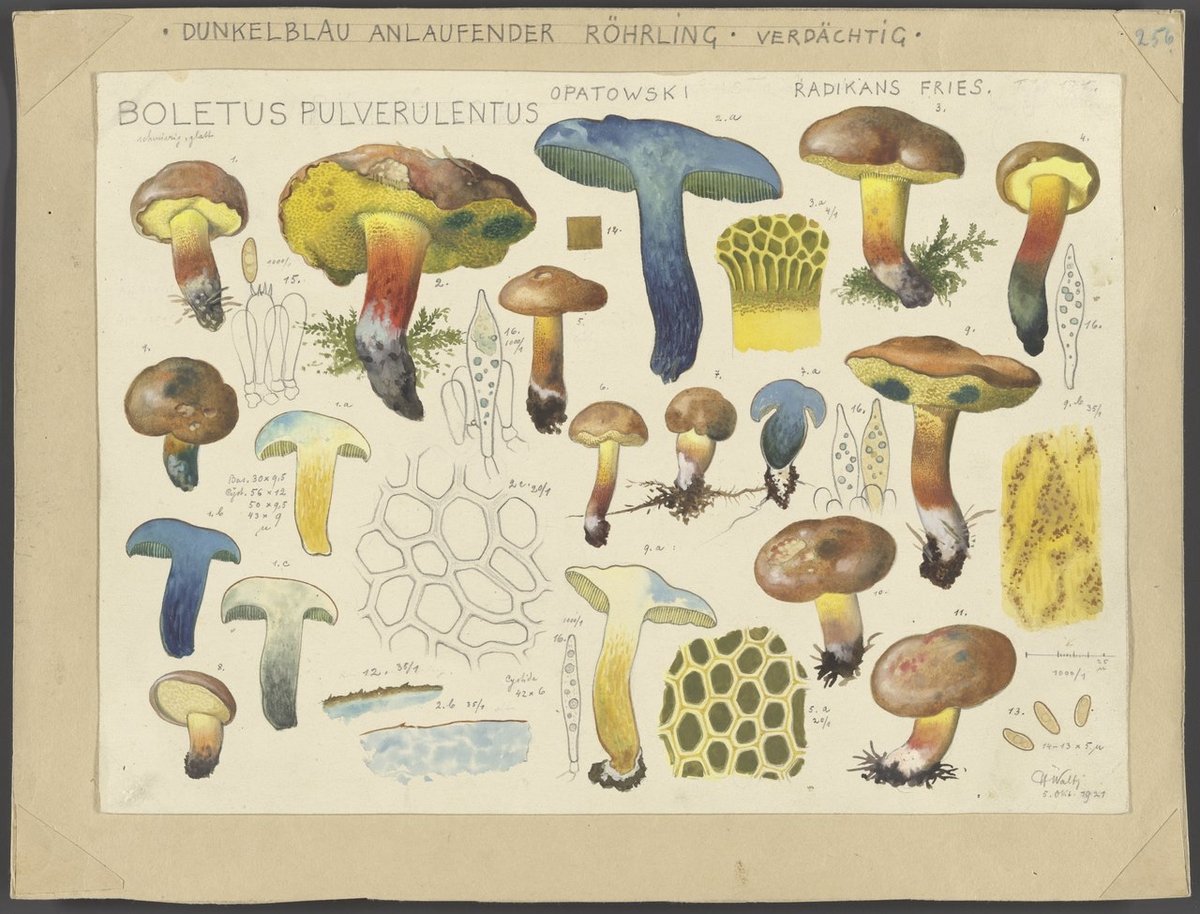
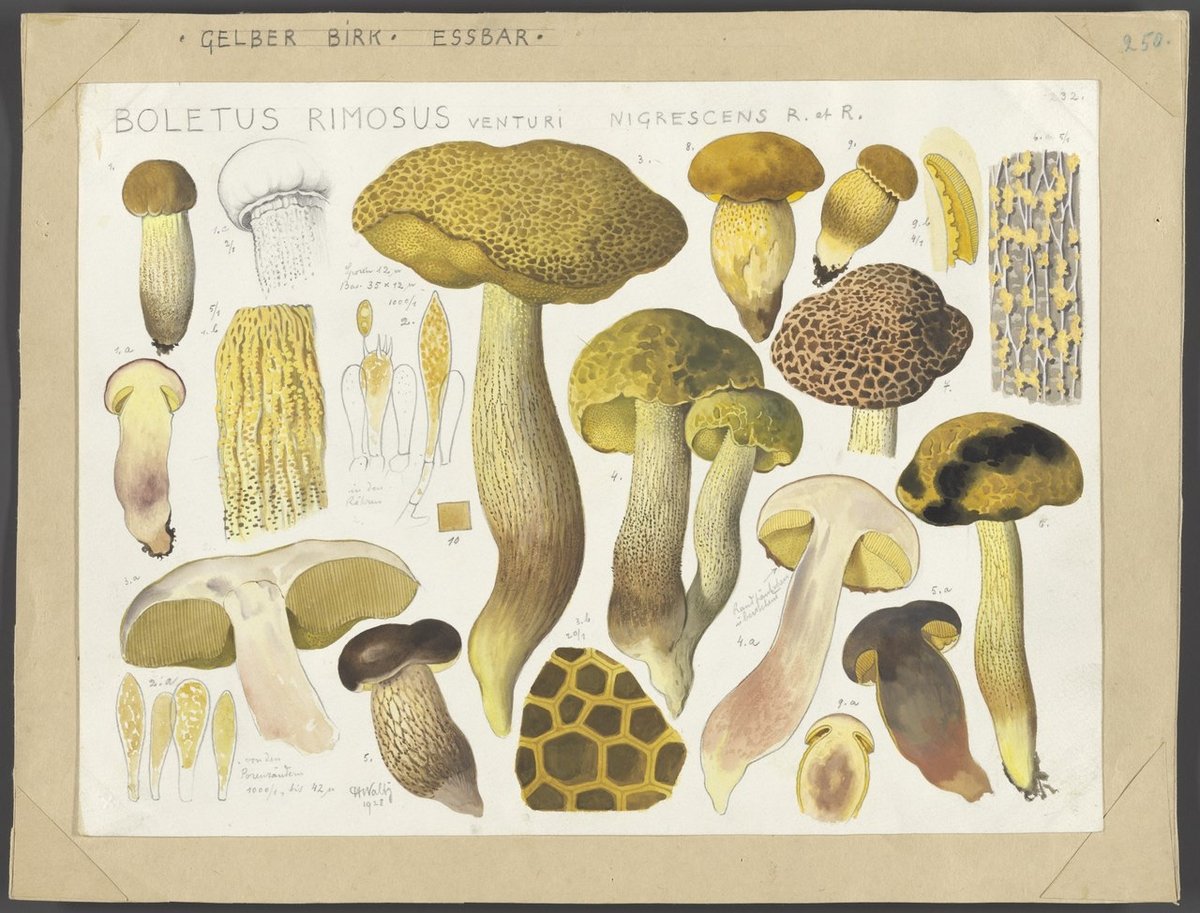
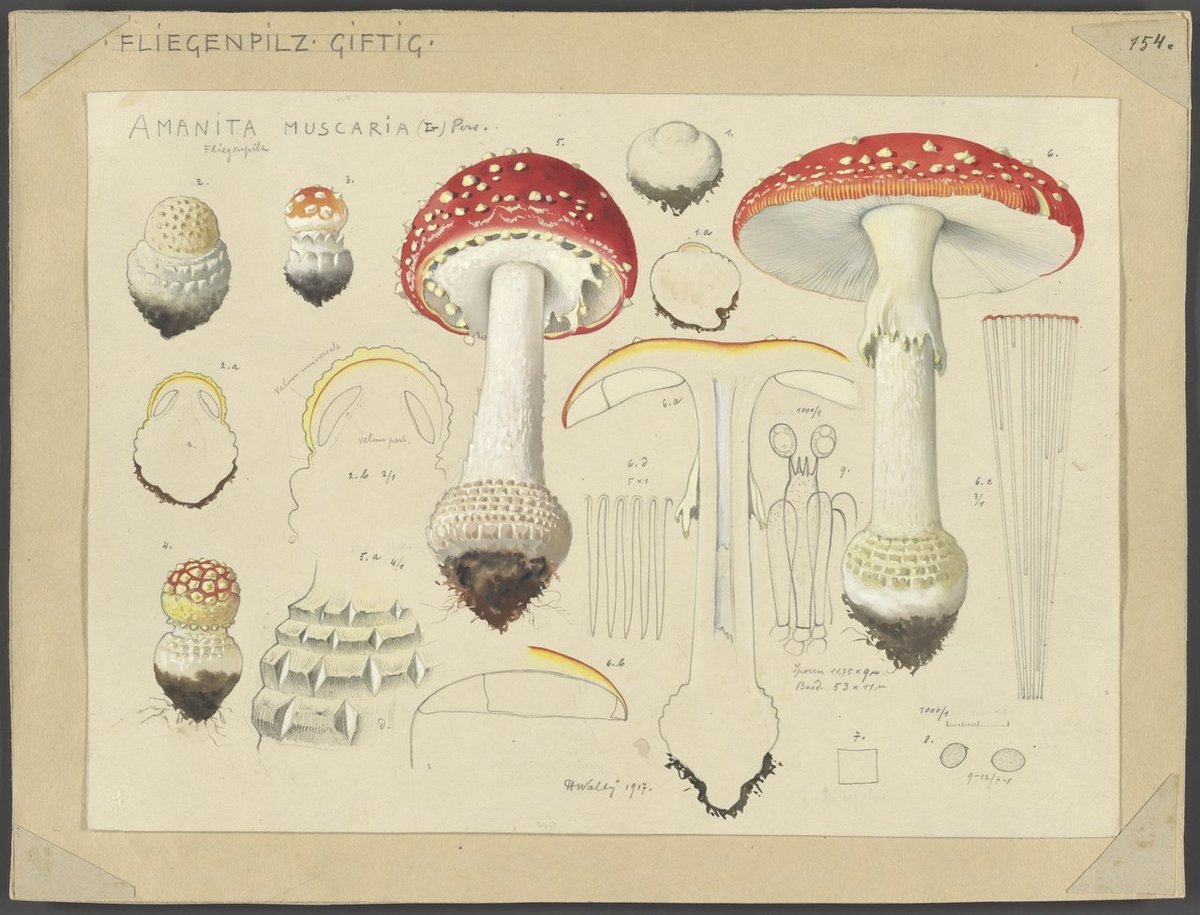
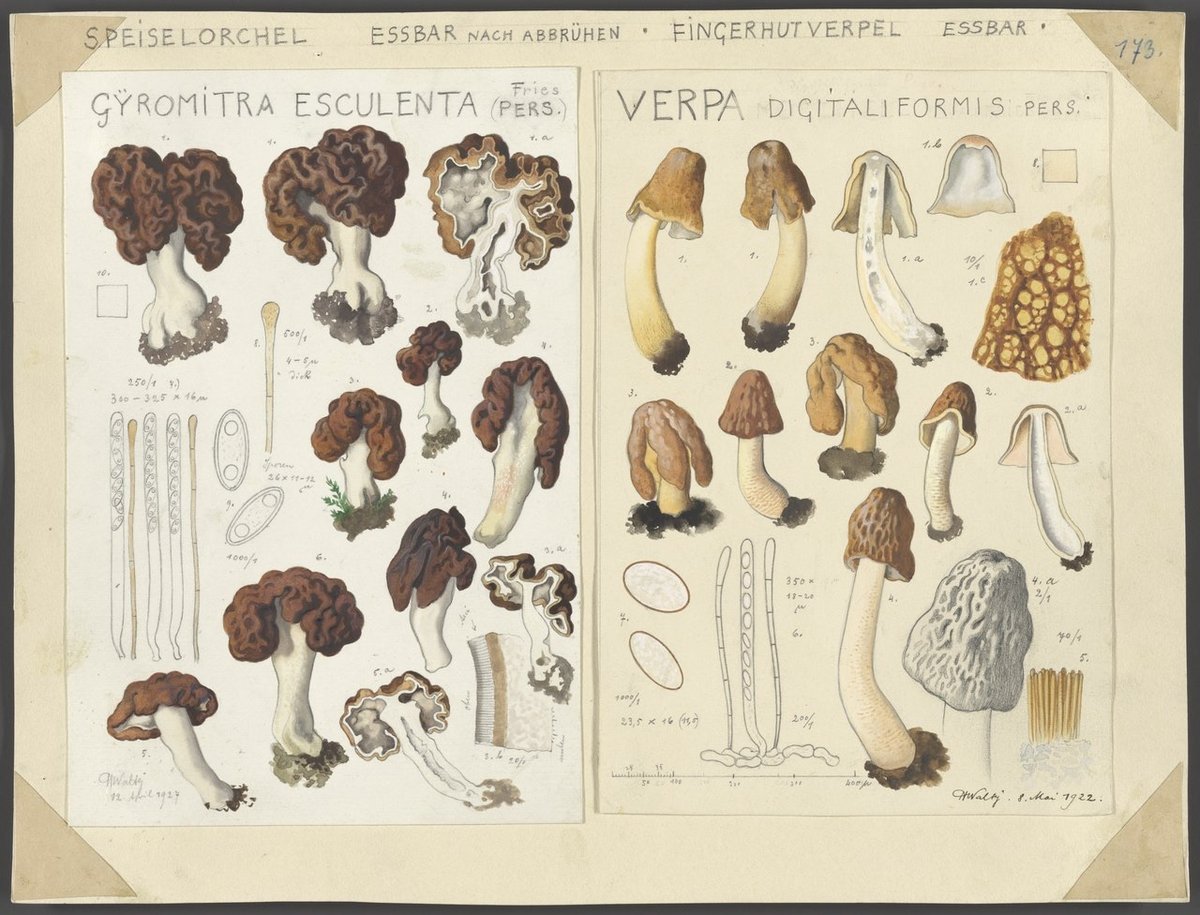


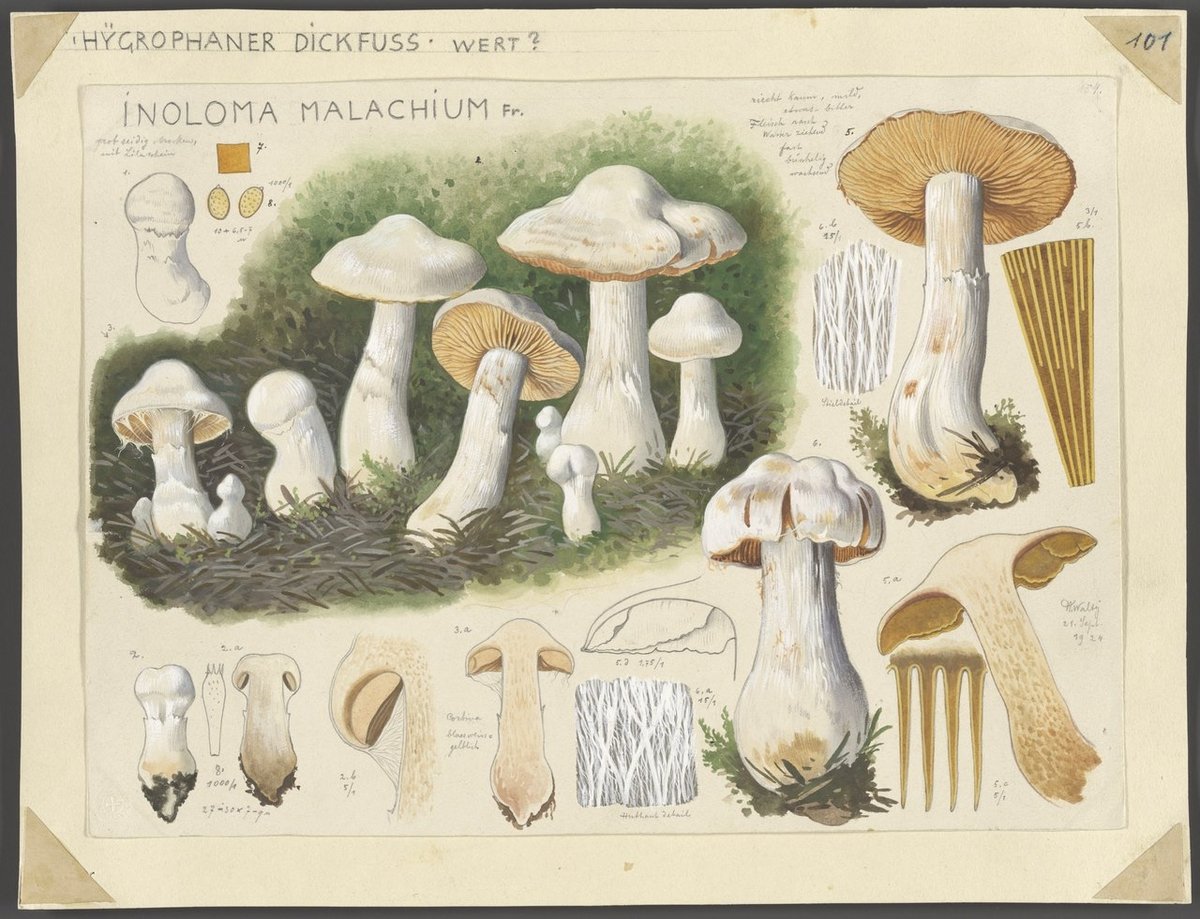
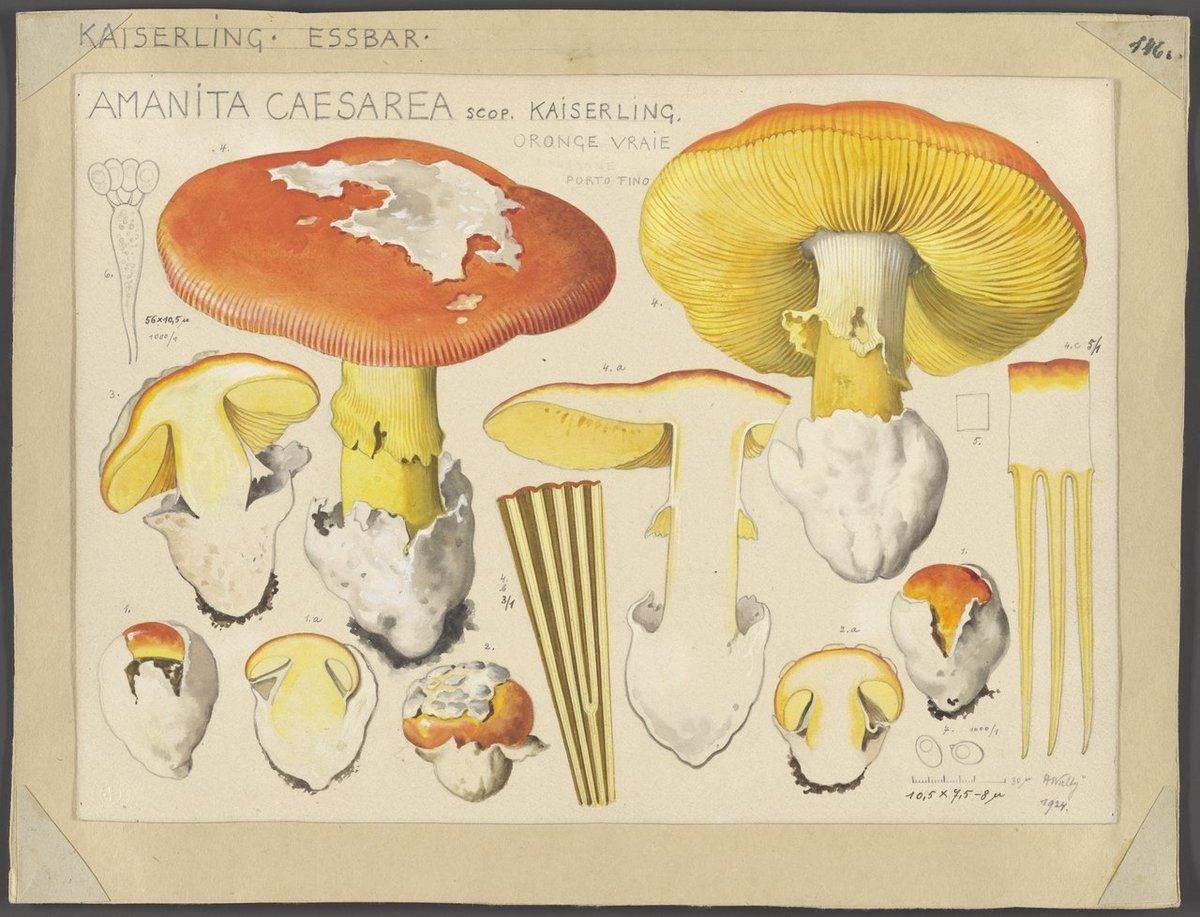
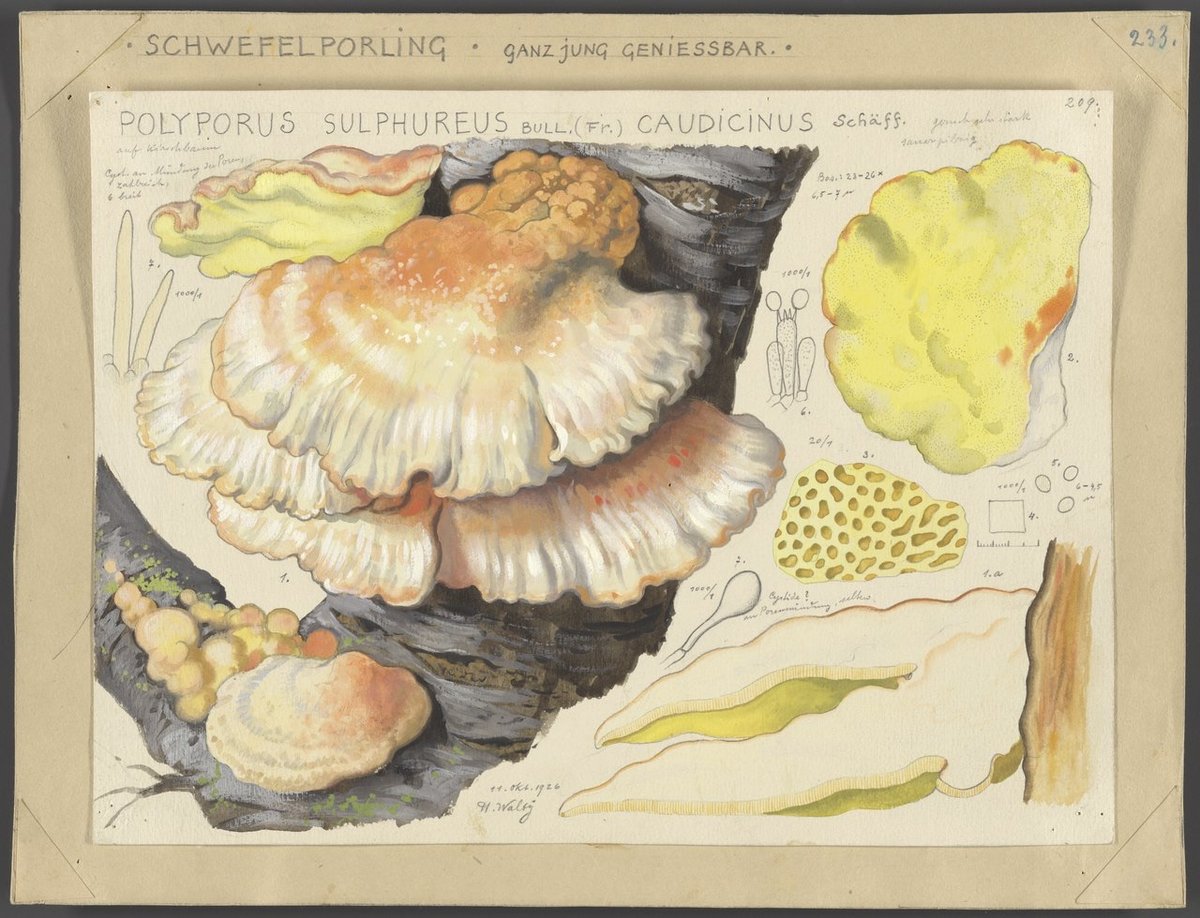
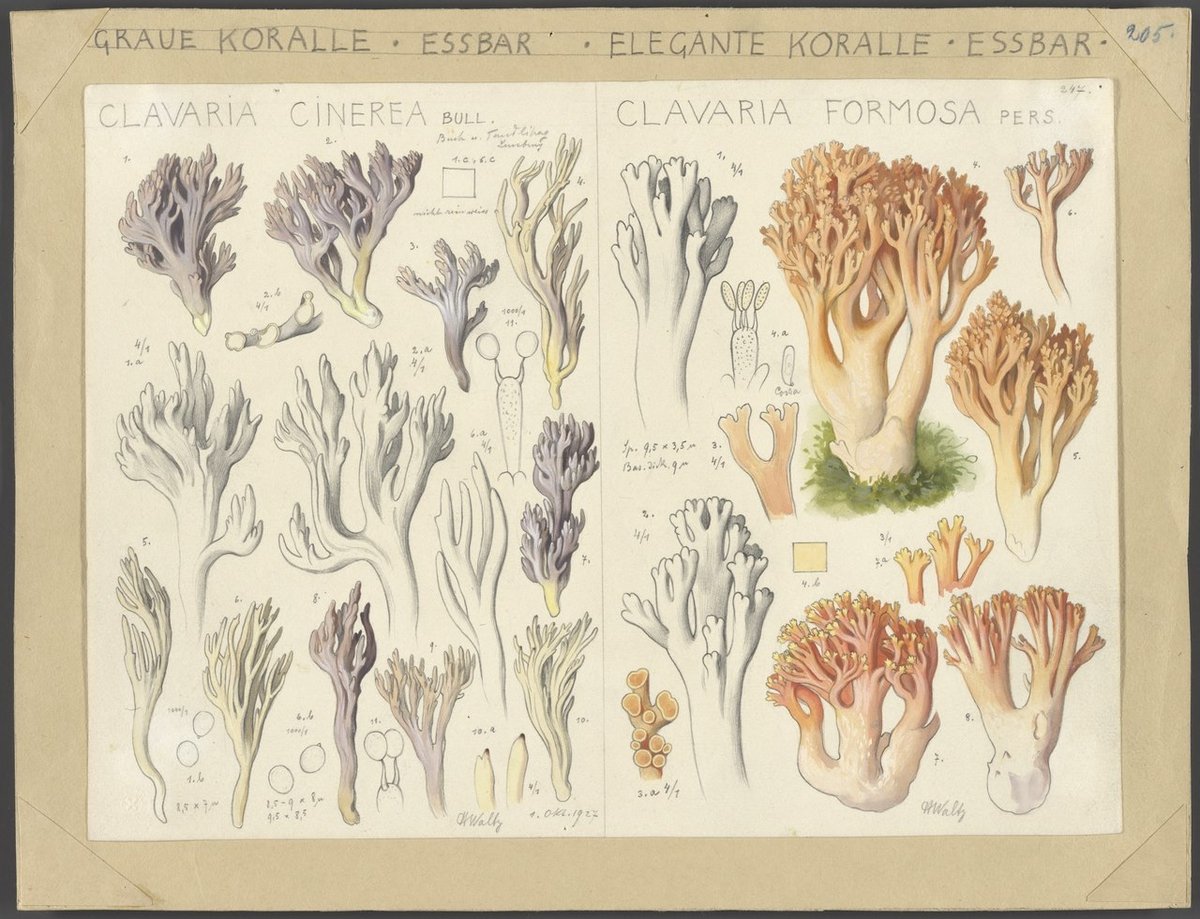
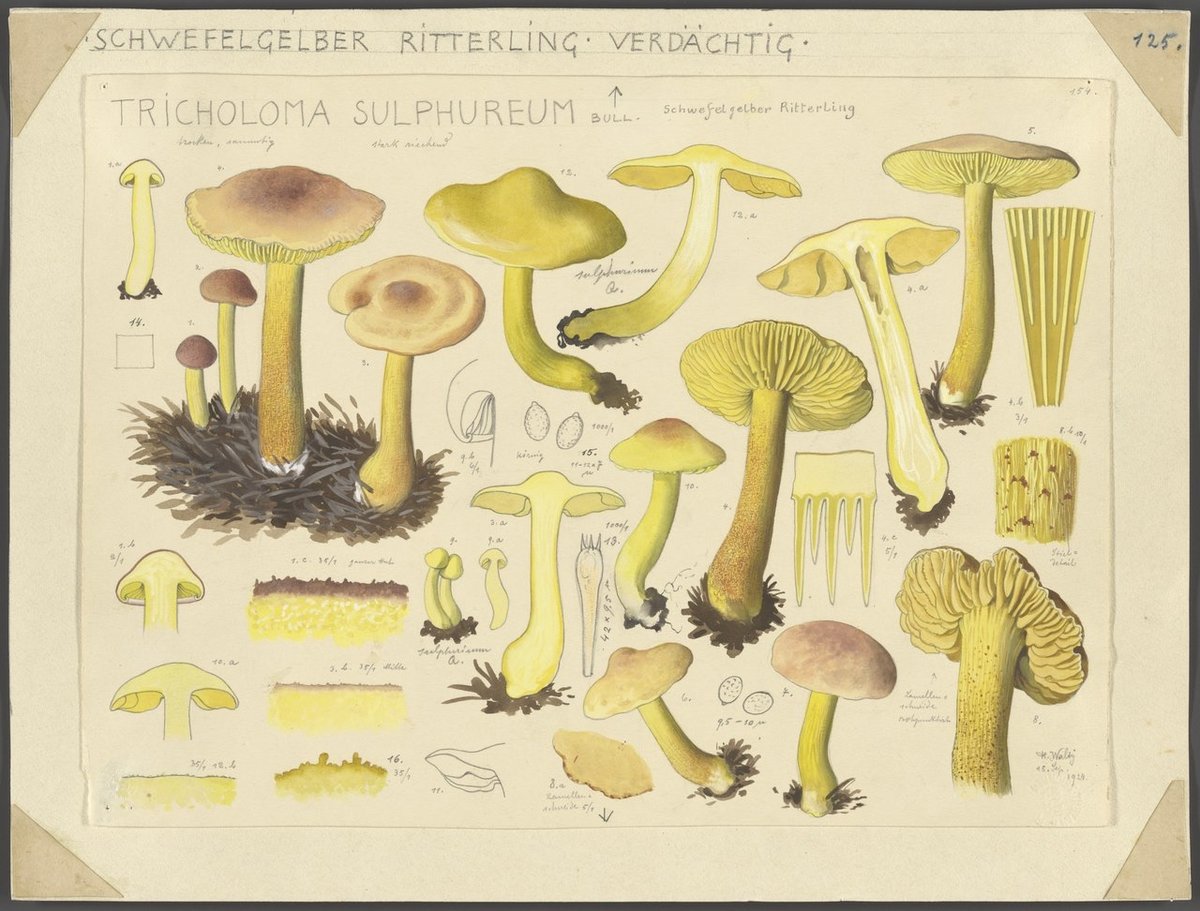
From 1913 to 1944, amateur mycologist Hans Walty created hundreds of fantastic watercolor illustrations of mushrooms, which are available to peruse in very high-resolution at Wikimedia Commons. There’s not a great deal of information about Walty or his drawings online,1 but I did find this piece from the Swiss National Library.
His images depict the colours and shapes of the mushrooms’ fruiting bodies and sometimes also include drawings of microscopic views. The fungi are usually depicted from the side and often from the top and bottom as well. Walty also frequently documented the characteristics of the stems, spores and undersides of the caps. The hobby mycologist also produced an explanatory book to accompany his illustrations that contains descriptions of the mushrooms, with each specimen being assigned a family and genus. His illustrations often contain notes about the time and date the mushroom was found and whether it was edible, inedible or poisonous.
Walty’s illustrations were published in multiple editions of a Swiss mushroom guide from the 40s through the 70s. According to the German version of Wikipedia (translated): “For decades, 500 of his illustrations on mushrooms were considered a standard work on mushroom identification, especially in Switzerland.”
Again, you can browse through hundreds of Walty’s mushroom illustrations at Wikimedia Commons. (thx, christoph)
This short documentary describes how the theft of scientific material from a Dutch lab resulted in the people in an Indian slum using fungus to provide enough electricity to heat and light an entire building. The fungus was originally stolen from a lab in Amsterdam with the intent to bring a new type of narcotic to market. Researchers discovered the fungus grows so quickly it can be used “like a giant potato clock.”
The reason you haven’t heard anything about this is it’s just a theory of Tobias Revell. I was all set to buy it until that last picture of a mushroom on a roof. (via dens)
Seven new species of phosphorescent mushrooms have been discovered, bringing the grand total of documented glowing fungi species to 71. The new discoveries join the ranks of the other luminous mushrooms that produce light as a result of a chemical reaction. Although easily noticeable at night, phosphorescent mushrooms glow all day long. Ten new fungi species were documented between 2002 and 2006, which is surprising considering how difficult it is to write in the dark.
Li-Sun Exotic Mushroom Farm grows their mushrooms in a disused railway tunnel just outside of Sydney, Australia; the varieties grown there have been bred specifically for growing in the tunnel…”they are species designed for architecture”.
He keeps his mushroom cultures in test-tubes filled with boiled potato and agar, and initially incubates the spawn on rye or wheat grains in clear plastic bags sealed with sponge anti-mould filters before transferring it to jars, black bin bags, or plastic-wrapped logs; (middle) Shimeji and (bottom) pink oyster mushrooms cropping on racks inside the tunnel. Dr. Arrold came up with the simple but clever idea of growing mushrooms in black bin bags with holes cut in them. Previously, mushrooms were typically grown inside clear plastic bags. The equal exposure to light meant that the mushrooms fruited all over, which made it harder to harvest without missing some


















Stay Connected